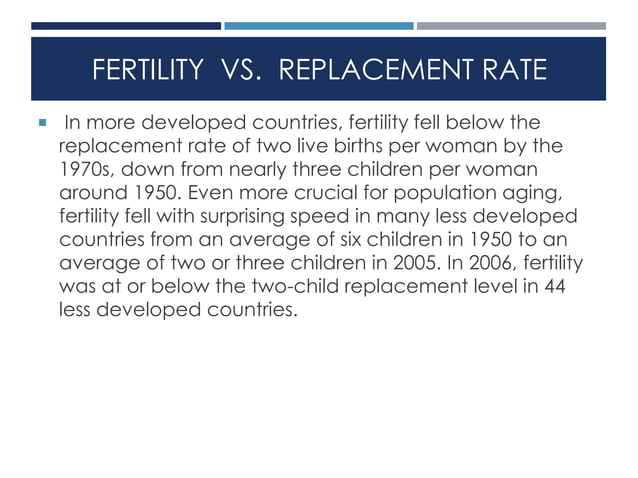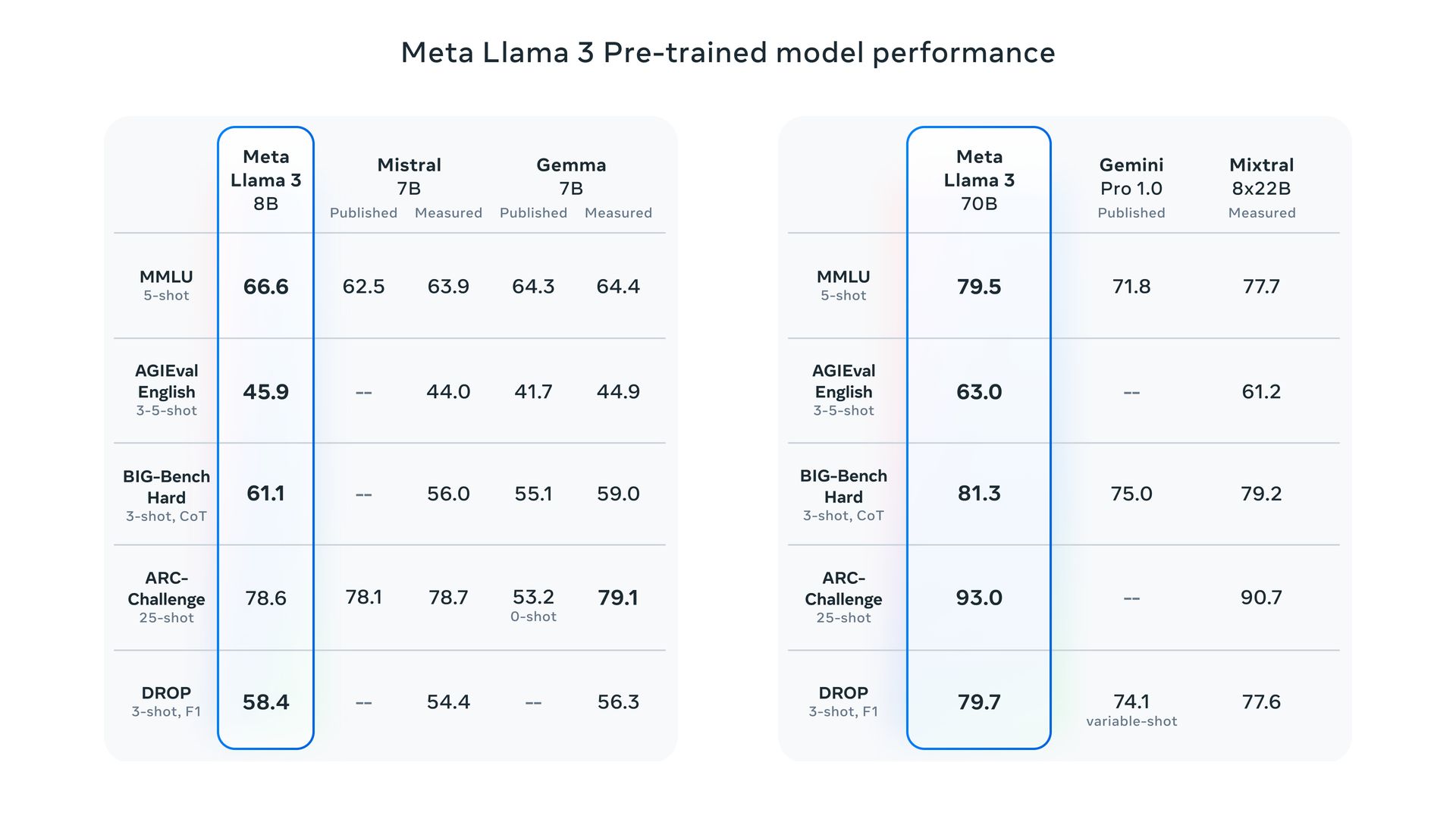Is Age Just A Number? Exploring The Social And Biological Aspects Of Aging

Table of Contents
The Social Construction of Age
Our understanding and experience of aging aren't solely determined by biological processes; they are profoundly shaped by societal attitudes and expectations. This concept is known as social aging. Cultural perceptions of aging vary drastically across the globe. What's considered "old" in one culture might be seen as the prime of life in another. This highlights the powerful influence of social constructs on how we perceive and experience age.
- Cultural differences in perceptions of aging: In some cultures, older adults are revered for their wisdom and experience, holding positions of authority and respect. In others, youth is prioritized, leading to the marginalization and devaluation of older individuals.
- Ageism and its impact on older adults: Ageism, the stereotyping and discrimination against individuals based on their age, is a pervasive societal issue. It can negatively impact older adults' mental and physical health, limiting their opportunities and contributing to feelings of isolation and worthlessness.
- The role of media in shaping perceptions of aging: Media representations often perpetuate negative stereotypes of aging, focusing on physical decline and portraying older adults as frail, incompetent, or irrelevant. This skewed portrayal reinforces ageist attitudes and biases.
- Examples of age-related stereotypes and their consequences: Common stereotypes include associating older adults with memory loss, reduced physical capabilities, or lack of technological proficiency. These stereotypes can lead to reduced self-esteem, decreased social engagement, and even limit access to employment and healthcare.
Biological Aspects of Aging
Biological aging, or senescence, refers to the gradual deterioration of physiological functions over time. This process involves a multitude of complex biological changes occurring at the cellular and organ system levels. Understanding these changes is crucial for developing effective strategies to promote healthy aging.
- Cellular senescence and its role in age-related diseases: Cellular senescence, the process where cells lose their ability to divide and function properly, contributes significantly to age-related diseases such as cancer, Alzheimer's disease, and cardiovascular disease.
- Changes in organ function and their impact on health: As we age, various organ systems undergo changes that can affect their efficiency and overall health. For instance, decreased kidney function can impact waste removal, while changes in lung capacity can reduce oxygen intake.
- The role of genetics in the aging process: Genetics play a significant role in determining an individual's lifespan and susceptibility to age-related diseases. However, genetic predisposition doesn't dictate the entire aging process; lifestyle factors significantly influence the outcome.
- The influence of lifestyle factors (diet, exercise) on healthy aging: A healthy lifestyle, including regular exercise, a balanced diet, and avoidance of harmful substances, can significantly impact the rate of biological aging and reduce the risk of age-related diseases.
The Interplay Between Social and Biological Factors
Social and biological aspects of aging are not independent; they interact dynamically, influencing each other in complex ways. Social factors can profoundly impact biological aging, and vice versa.
- Stress and its impact on the aging process: Chronic stress accelerates biological aging by increasing inflammation and cellular damage. Social stressors such as financial insecurity, social isolation, or discrimination can significantly impact an individual's physical and mental well-being.
- Social isolation and its link to health outcomes: Social isolation and loneliness are associated with an increased risk of various health problems, including cardiovascular disease, cognitive decline, and depression, all of which can accelerate biological aging.
- Access to healthcare and its influence on healthy aging: Access to quality healthcare is crucial for managing age-related health conditions and promoting healthy aging. Inequalities in healthcare access can exacerbate health disparities among older adults.
- The importance of social support networks in mitigating the effects of aging: Strong social support networks can buffer the negative effects of stress, social isolation, and other challenges, contributing to better physical and mental health throughout the aging process.
Redefining Aging: A Holistic Perspective
The simplistic view that "age is just a number" ignores the complex interplay of social and biological factors that shape the aging experience. We need a more holistic understanding of aging that acknowledges both its social and biological dimensions. Focusing solely on chronological age is insufficient; a more nuanced perspective emphasizes functional aging and well-being.
- Focus on functional ability rather than chronological age: Instead of defining aging solely by chronological age, we should focus on an individual's functional ability—their capacity to perform daily activities and maintain their independence.
- Embrace lifelong learning and personal growth: Aging is not an end point but a continued process of growth and development. Embracing lifelong learning and pursuing new interests can enrich life at any age.
- Promote active aging through engagement and social interaction: Active aging involves maintaining physical activity, social engagement, and cognitive stimulation, leading to enhanced quality of life.
- Advocate for policies that support older adults: Policies that promote access to affordable healthcare, social support services, and opportunities for continued engagement are crucial for supporting healthy aging within our communities.
Is Age Just a Number? A Call to Action
This article has highlighted the intricate interplay of social and biological factors in shaping our experience of aging. The simplistic notion that age is just a number is a gross oversimplification. We've seen how societal attitudes, biological processes, and their interaction contribute to the diverse realities of aging. Let's move beyond the simplistic notion that age is just a number. By understanding the intricate interplay of social and biological factors, we can foster healthier, more fulfilling lives as we age. Learn more about promoting healthy aging and challenge ageist attitudes today!

Featured Posts
-
 Top Us Cruise Lines A Comprehensive Guide
Apr 30, 2025
Top Us Cruise Lines A Comprehensive Guide
Apr 30, 2025 -
 The X Files Director Ryan Coogler On A Possible Reboot And Gillian Andersons Involvement
Apr 30, 2025
The X Files Director Ryan Coogler On A Possible Reboot And Gillian Andersons Involvement
Apr 30, 2025 -
 Euroleague 2024 I Pari Epivevaionei Ti Symmetoxi Tis
Apr 30, 2025
Euroleague 2024 I Pari Epivevaionei Ti Symmetoxi Tis
Apr 30, 2025 -
 Campaigners Raise Serious Concerns Over Police Accountability Review
Apr 30, 2025
Campaigners Raise Serious Concerns Over Police Accountability Review
Apr 30, 2025 -
 Meta Vs Chat Gpt Novo App De Ia Da Meta Entra Na Disputa
Apr 30, 2025
Meta Vs Chat Gpt Novo App De Ia Da Meta Entra Na Disputa
Apr 30, 2025
